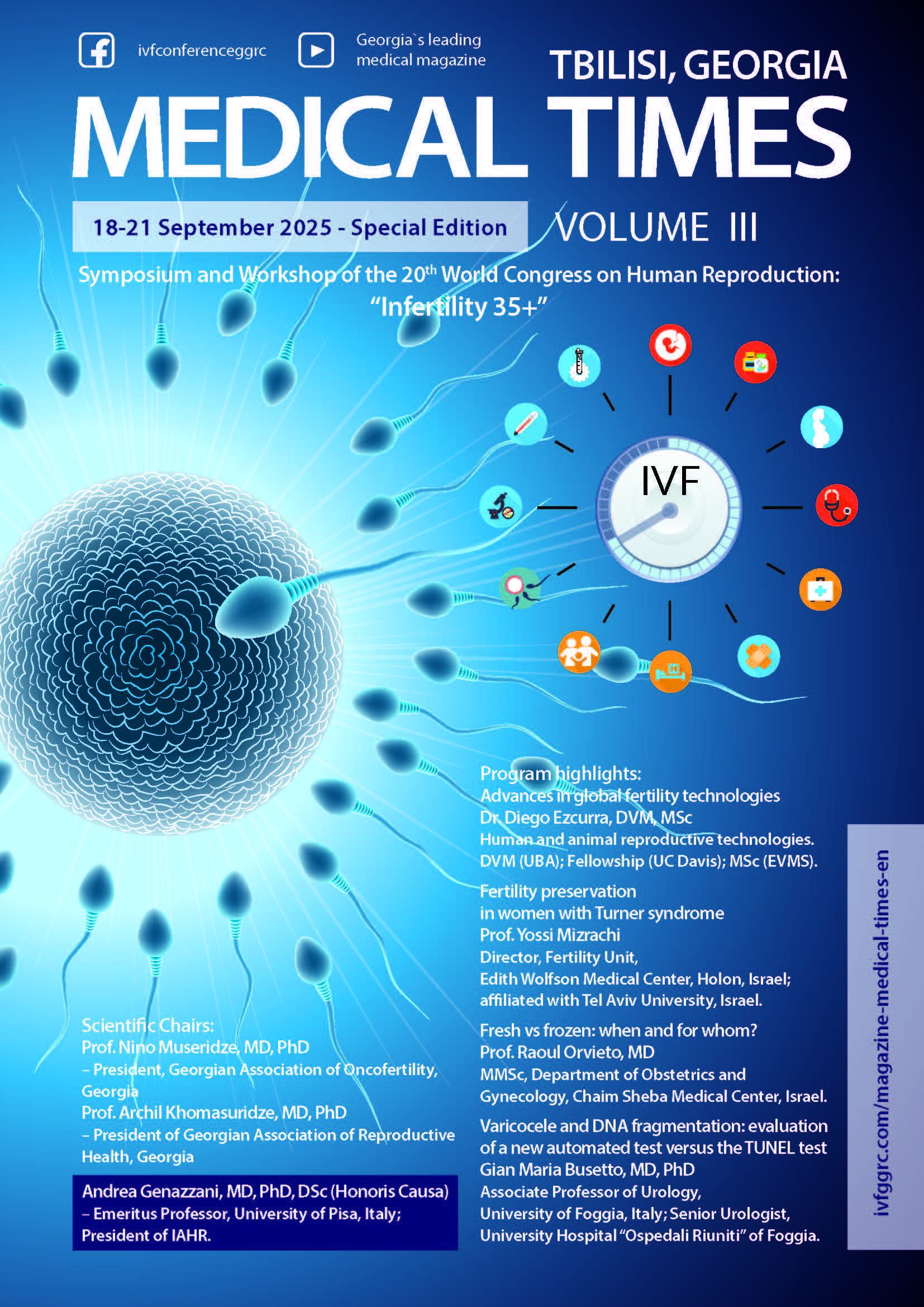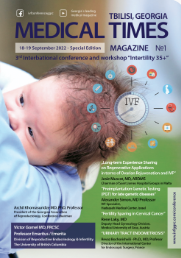High-Grade Cervical and Anal Intraepithelial Neoplasia in Reproductive-Age Women with High-Risk HPV: A Prospective Study Using High-Resolution Anoscopy
DOI:
https://doi.org/10.71419/mtggrc.2025.27Keywords:
human papillomavirus, cervical intraepithelial neoplasia, anal intraepithelial neoplasia, high‑resolution anoscopy, HPV genotyping, reproductive‑age women, genotype concordance, screening integrationAbstract
Persistent infection with high-risk human papillomavirus (HR-HPV) is the necessary cause of the vast majority of cervical cancers and the driver of cervical intraepithelial neopla-sia (CIN). Fourteen genotypes are considered oncogenic, with HPV16 and HPV18 accounting for the largest share of the global cervical cancer burden. While the cervix has been the focus of screening and prevention for decades, the anal canal – lined by a vulnerable transformation zone analogous to the cervix – can also harbor HR-HPV, develop anal intraepithelial neoplasia (AIN), and progress to squamous cell carcinoma. Anal cancer incidence has risen in many set-tings, and women constitute a growing proportion of cases. Despite these parallels, routine gynecologic care rarely includes anal assessment. The natural history of anal HPV infection in immunocompetent, HIV-negative women with cervical disease remains poorly characterized, and evidence regarding concurrent high-grade disease at both sites is limited. A more precise estimate of the prevalence of AIN 2/3 among women with CIN 2/3, coupled with HPV geno-type concordance data, could inform whether targeted anal evaluation should be integrated into follow-up. Addressing this knowledge gap is particularly important in regions where cer-vical screening is established but anal screening is not standard of care.
Downloads
Published
Issue
Section
License
Copyright (c) 2025 Nino Museridze, Madona Jugheli, Ana Chokhonelidze, Bela Jugheli, Nani Tatishvili (Author)

This work is licensed under a Creative Commons Attribution 4.0 International License.
In case an article is accepted for publication it is allowed to combine the article with other research, to conduct new research on the article, or to make different arrangements on condition that the same license is used including commercial purposes.
As an author of an article published in the Medical Times, you retain the copyright of your article and you are free to reproduce and disseminate your work.














